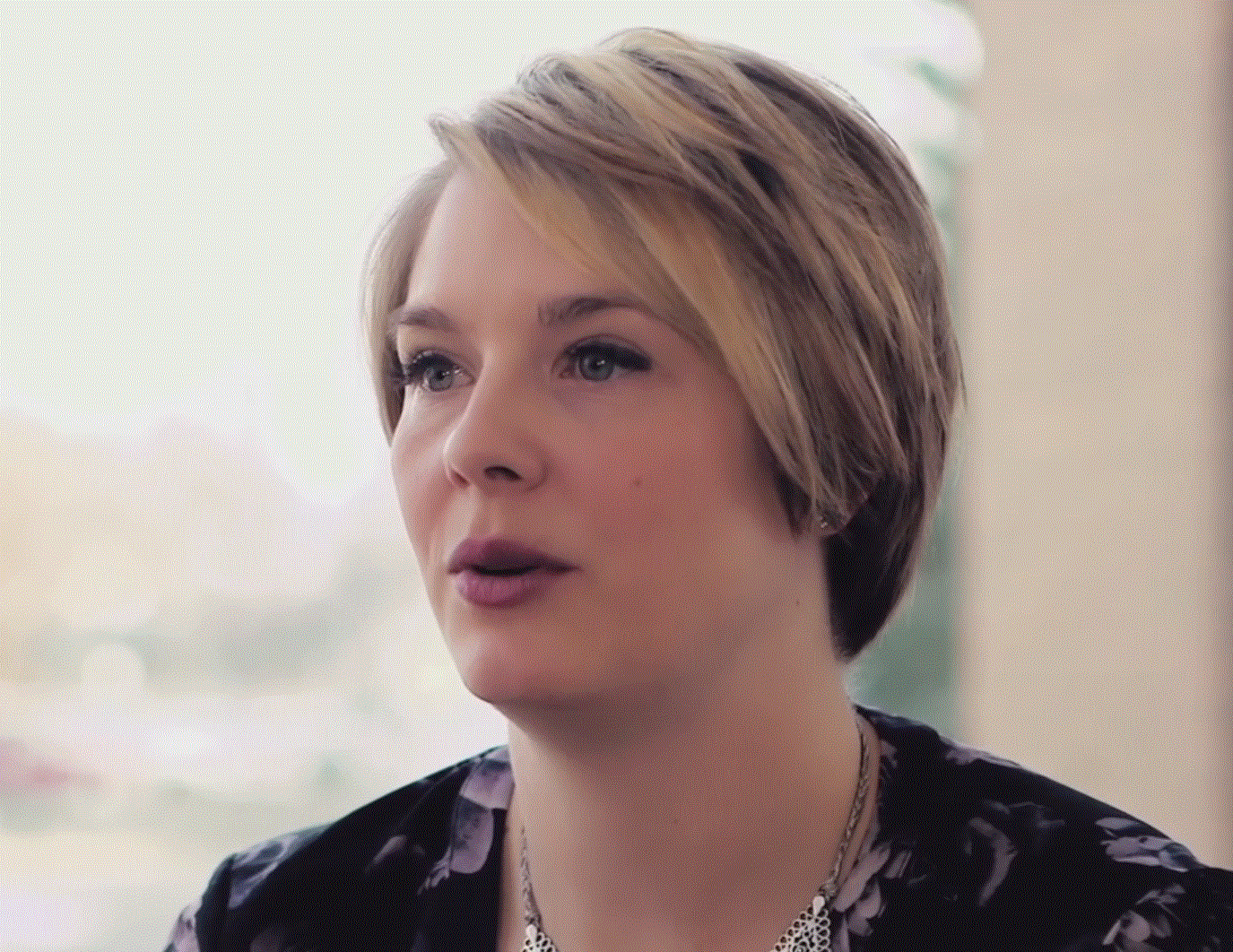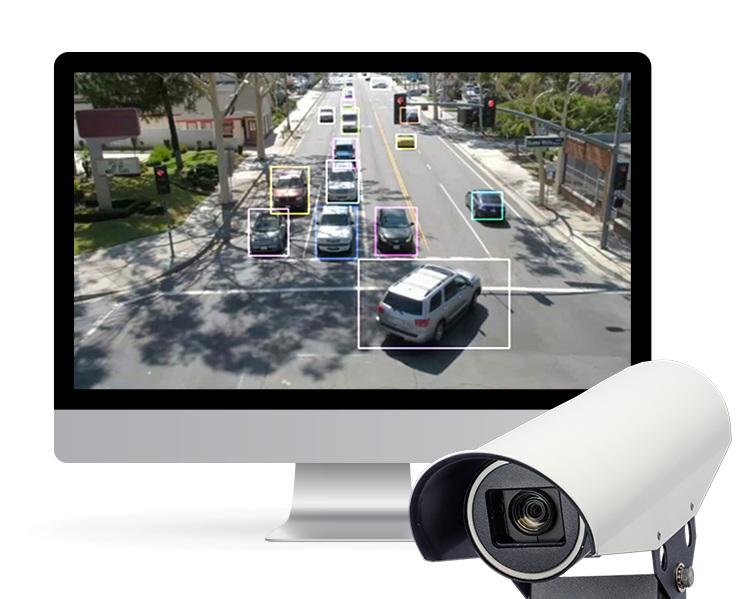Called Connected Urban Growth: Public-Private Collaborations for Transforming Urban Mobility, the findings are based on applying three types of mobility services – electric, on-demand minibuses, subsidized rides, and trip-planning and ticketing apps to London, Mexico City and San Francisco.
The report shows that these applications could bring economic and environmental benefits. Dynamic trip-planning and ticketing systems and on-demand minibus services would each require up-front investments that could be paid back within two years by reductions in operating costs. In addition, subsidising the use of ride-sharing services for first- and last-mile trips to and from transit hubs could boost mass-transit ridership and create more farebox revenues with no initial capital outlay.
Further modelling indicates that dynamic trip-planning and ticketing apps could cut greenhouse gas (GHG) emissions by 500,000 tonnes per year in 2020 across the three cities, as more people use public transportation, with Mexico City benefiting most. The total emissions from transportation across the three cities could be reduced by up to 6%. Replacing fixed-route diesel buses with on-demand electric minibuses could bring improvements: in Greater London, GHG and fine-particulate emissions could be cut by more than 80% and nitrogen oxide emissions by up to 95% per bus route. San Francisco could see even more significant reductions. Deploying ride-sharing services for first- and last-mile trips to and from public transportation stops, which enables more people to use mass transit instead of their cars, could reduce per journey emissions of GHGs and local air pollutants by 55-80%.
The CfUT is encouraging cities to consider how new services can enhance public transit systems, and calling on urban policymakers to share more data, invest in mass transit infrastructure, and incentivize pilots and partnerships, among other recommendations.
Other findings showed over 70 cities are already partnering with new private mobility services and addressing challenges public transit systems face, but only a handful are in the Global South.
More than half of new mobility start-ups fall into the shared mobility category (e.g. mass transit and bicycle sharing) with 63% of those based in Africa, Asia, and Latin America. Additionally, local companies in every region of the world are now developing shared mobility apps.
In the US, more than half the product innovation companies (e.g. electric and autonomous vehicles) surveyed are based in The States. Over 500 transit agencies are providing open access to their transit data, helping consumers plan their trips more easily, but only 17 also allow users to purchase tickets using mobile apps.
A full copy of the report is available on the %$Linker:
New mobility services could benefit city dwellers and make public transport more affordable
New mobility services integrated into mass transit systems could improve the lives of all urban inhabitants and make public transport more affordable, accessible and sustainable, according to research from the Coalition for Urban Transitions (CfUT). It also presents the first global survey of new mobility services, and identifies emerging trends and opportunities for decision-makers in both the public and private sectors.
New mobility services integrated into mass transit systems could improve the lives of all urban inhabitants and make public transport more affordable, accessible and sustainable, according to research from the Coalition for Urban Transitions (CfUT). It also presents the first global survey of new mobility services, and identifies emerging trends and opportunities for decision-makers in both the public and private sectors.








